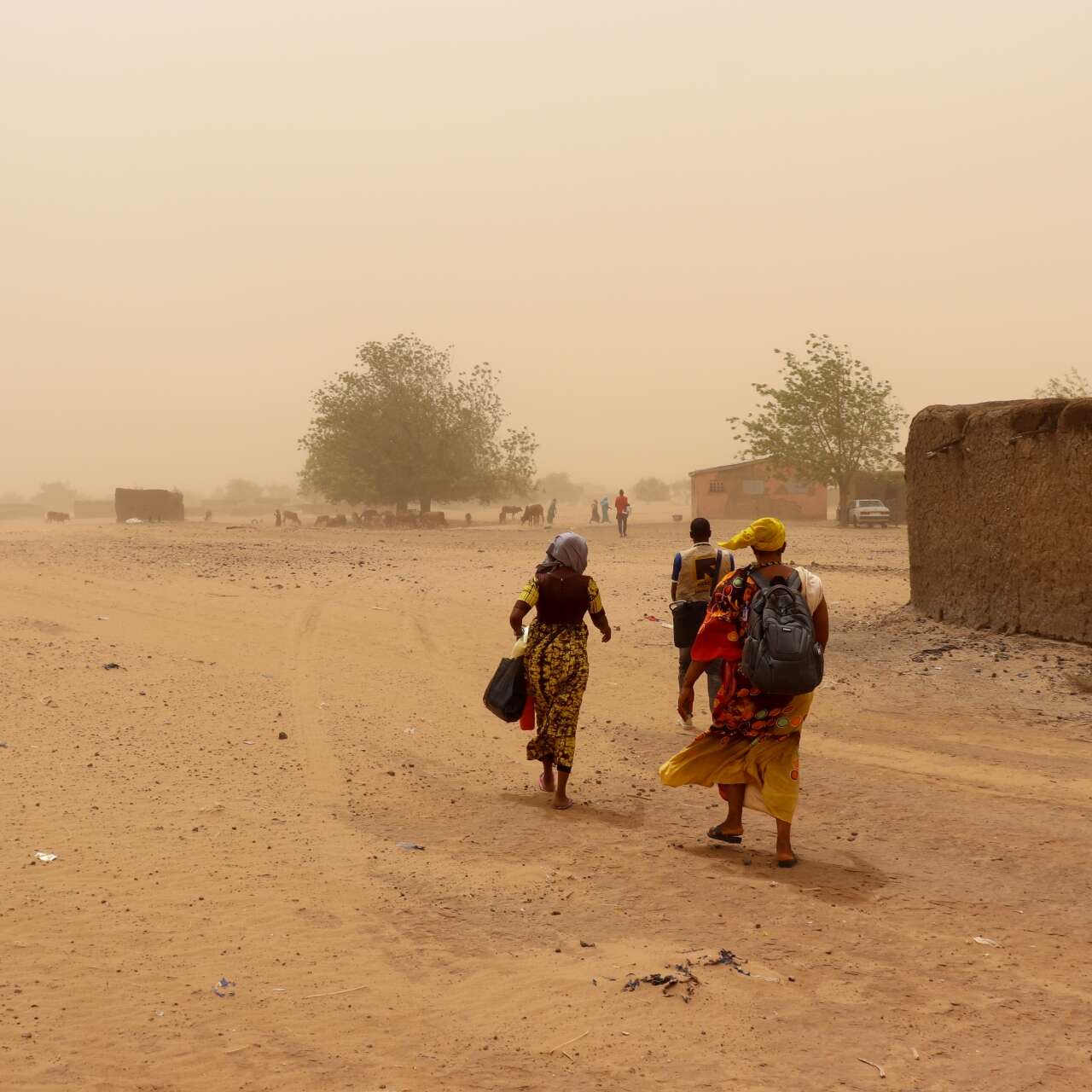Frontline conditions in 2025 reveal that small squads are engaged in intense warfare, with "strongpoints" often held by as few as two to four soldiers. The line of contact has significantly changed since 2023, when missions involved deploying a company with ten BMP-3 vehicles into villages. Currently, these vehicles are stationed tens of kilometers away from the line of contact, unable to reach firing positions due to threats from kamikaze drones.
Infantrymen now face arduous marches, carrying approximately 30 kilograms of equipment, often being dropped 10 to 15 kilometers from their combat zones. Some approaches extend up to 30 kilometers, while others allow access within a few kilometers of the line of contact under forest cover. Resupply and movement have shifted to ATVs, dirt bikes, and improvised electric scooters, with the rear area beginning around 50 kilometers from the line of contact.
The journey to the frontline is fraught with danger, as routes and communication lines are heavily mined using drones. Improvised mines and booby traps are hidden in medical kits and along trails, posing a significant risk to soldiers. Small drones monitor movements and can relay coordinates to strike teams or artillery units. Consequently, soldiers often find themselves in safer conditions once they reach their dugouts, where they may remain for extended periods.
There is no organized mechanized resupply; movement is primarily on foot, with some relying on daring motorcyclists for transport. At night, larger drones equipped with thermal sensors pose additional threats by dropping mortar rounds. Troops are unable to gather in large numbers at the line of contact, a challenge faced by both sides. To improve operations, there is a need for unit-authorized ATVs, logistics drones, and drone interceptors, which are currently acquired through private means or aid channels.

Image for Frontline conditions in 2025 see small squads facing increased dangers
Micro-teams are required to perform multiple roles, often lacking dedicated combat engineers, signalers, or medics. Soldiers must be proficient in navigation, radio communication, and explosive ordnance recognition to avoid becoming lost or injured. The gray zone, or no-man"s territory, spans 2 to 3 kilometers, filled with abandoned equipment and mines, impacting morale. Despite the enemy"s declining troop quality, reaching them remains a significant challenge.








![[Video] Vladimir Putin delivers speech in military uniform](/_next/image?url=%2Fapi%2Fimage%2Fthumbnails%2Fthumbnail-1764621642413-vh08a-thumbnail.jpg&w=3840&q=75)